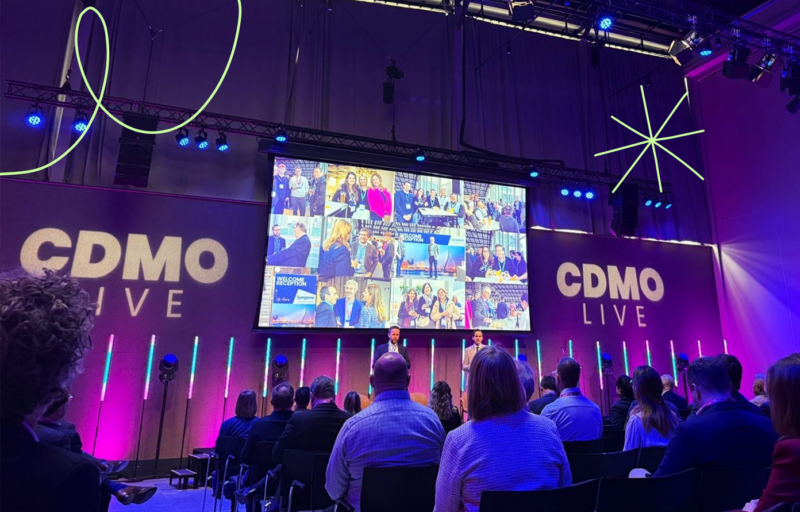blog:
Nine tips for building life science brands through a LinkedIn employee advocacy strategy

In the competitive job market, where employer brands vie for attention, employee advocacy in life science is a powerful tool. LinkedIn is the main social media employee advocacy platform for the pharma and biotech sector, as it offers fantastic opportunities to leverage employee networks and share your brand message with thousands of people at once.
Why employee advocacy matters
Let’s face it — people trust other people more than faceless corporations. When your employees talk about their experiences, share company news and engage with their networks, it adds a human touch to your employer brand. It’s like a virtual word-of-mouth marketing campaign, where authenticity and trust reign supreme.
We also know that LinkedIn is reported to be championing individual profiles over company pages over the next year, so now is the time to capitalize on the employer brand advocates at your fingertips.
How to maximize employee engagement on LinkedIn
- Education is key: Start by arming your employees with the knowledge they need. Host workshops, provide training materials and make sure they understand the importance of employee advocacy and how it benefits them and the company.
- Empower them with content: Give your employees access to a plethora of shareable content — blog posts, articles, videos, infographics — that aligns with your brand messaging. The more engaging the content, the more likely they are to share it.
- Give them the heads up: As teams are busy with their day-to-day workload, letting them know about key initiatives or campaigns coming up in good time will improve the engagement you achieve.
- Make it easy: For large organizations, you could provide employees with easy-to-use tools that make sharing content seamless. Integration with LinkedIn’s sharing features can make all the difference. Note that this can also be done using organic methods such as sharing particular posts you want your employees to interact with via emails and internal messaging channels.
- Set clear guidelines: Establish clear guidelines on what employees can and cannot share. While you want to encourage authenticity, ensuring brand consistency is crucial. Although employees can improve your employer’s brand, it’s vital to ensure they don’t tarnish it.
- Lead by example: Executives and senior leaders must be active advocates themselves. Their participation sets the tone and inspires others to follow suit. It’s important to foster an environment that encourages and champions colleagues to get involved.
- Track and measure: Monitor employee advocacy efforts using analytics and metrics. This data will help you understand what’s working and where improvements are needed.
- Foster an advocacy culture: Create a culture where employee advocacy is not just a task but a way of life. Encourage employees to share their thoughts, ideas and achievements, both inside and outside the company.
- Personalize the experience: Empower employees to tailor their advocacy efforts to their interests and expertise. This makes their content more authentic and relatable.
Employee advocacy in life science is not just a buzzword; when used correctly, it’s a game-changer in today’s employer branding landscape.
By leveraging the LinkedIn professional playground, your employees can become unstoppable brand ambassadors, ensuring your brand attracts top talent with ease. And remember, the key is to make it a collaborative, authentic and rewarding experience for everyone involved.
Related news, insight and opinion




